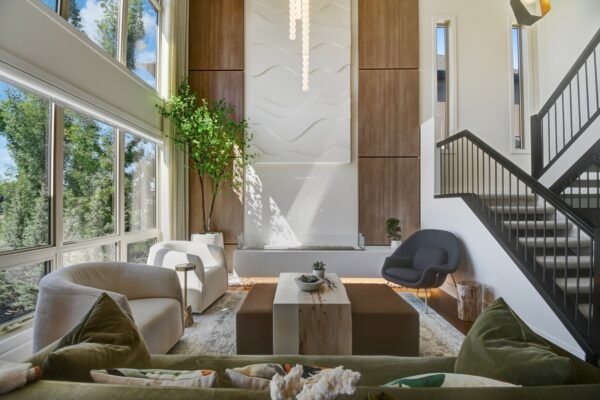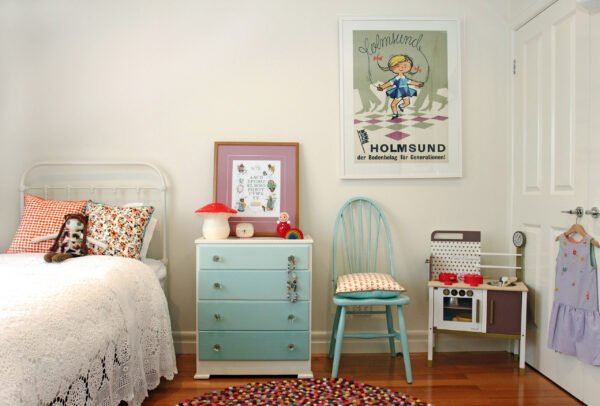
How to Declutter Your Child’s Bedroom Before the New School Term
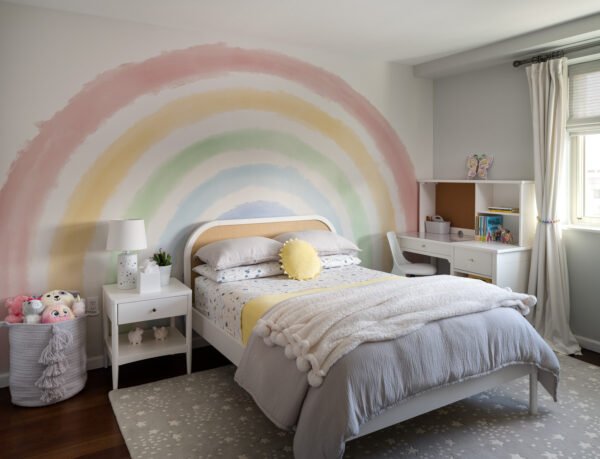
With the new school term fast approaching next Monday 2nd September, it’s time to pack away the summer holidays.
According to a survey from Hippo Waste, 41% of people say that clutter makes them feel stressed.
Decluttering your child’s bedroom is a daunting task that’s often put off, especially after the long summer holiday period. However, it’s important to complete the process before the new school term starts in September, as it can positively impact the mood and routine of your child.
Luckily, the experts at Tapi Carpets & Floors have shared with us their five top tips to make organising your child’s bedroom a little easier.
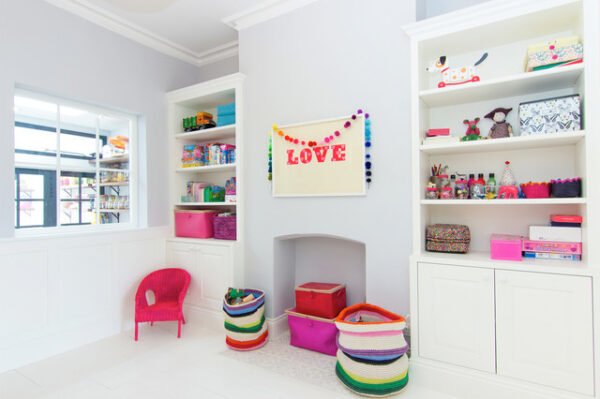
1. Sort and categorise
Start by removing all items from the room’s storage areas, such as shelves, drawers, and cupboards, and group them into categories like toys, books, clothing, school supplies, and sentimental items. This initial sorting helps you see exactly what you’re working with and makes it easier to assess what needs to stay and what can go.
Once everything is grouped, go through each category systematically. Decide what to keep, what to donate, and what to discard, involving your child in the decision-making process when appropriate. After sorting, organise the remaining items by assigning each category a designated space in the room. Labelling storage areas can also help your child understand where each item belongs, making it easier for them to keep their room tidy in the future.

2. Think about the flooring
When decluttering a child’s bedroom, it’s essential to consider the flooring as part of the overall strategy. Choosing the right flooring can make a significant difference in maintaining a clean and clutter-free space. Opt for durable and easy-to-clean flooring options, such as vinyl or laminate, which are ideal for high-traffic areas like children’s rooms. These materials are not only resistant to spills and stains but also simple to sweep or mop, making it easier to keep the room tidy. Additionally, incorporating a large, soft rug or carpet can define play areas while adding warmth and comfort. Rugs with playful patterns can also serve a dual purpose by stimulating your child’s imagination and making the space more inviting.
3. Create zones
Start by defining specific areas for different activities, which helps in both tidiness and functionality. Begin with a sleeping area, featuring the bed and nightstand, ensuring it is serene and clutter-free to promote restful sleep. Next, establish a play section, equipped with storage solutions like bins or shelves for toys and games, encouraging easy cleanup and access. Incorporate a study area with a desk or a dedicated homework area, providing a structured space for school-related tasks and fostering a productive environment. Finally, add a clothing zone, with drawers or a closet organised by category (e.g., shirts, dressers, accessories) to simplify dressing routines.
By clearly marking these sections, you can streamline the structure, making it easier for your child to maintain a tidy and functional bedroom.
4. Establish routines
Start by setting a regular clean-up time, such as before bedtime or after playtime, where both you and your child participate in tidying up. This routine helps in reinforcing the importance of putting things away and maintaining order. Introduce a weekly deep-cleaning session, where you both assess and reorganise the room, ensuring that any accumulated items are sorted, donated, or discarded.
Encourage a habit of regularly reassessing the necessity of items to avoid clutter buildup, helping your child understand the value of keeping only what is useful or cherished. By establishing these routines, you instil a sense of order and personal responsibility, making it easier for your child to keep their bedroom neat over time.
5. Implement wall storage
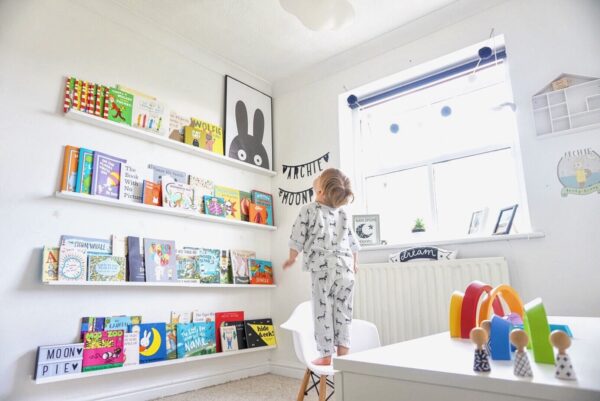
By installing shelves at varying heights, you can accommodate different types of items, such as books, while keeping them easily accessible. Consider wall-mounted baskets for storing smaller toys and art supplies, which can be labelled for quick retrieval.
Pegboards are another versatile option, allowing for arrangements of hooks, shelves, and baskets to hold various items and keep them off the floor. A great way to make the most of vertical space is by hanging organisers on the back of doors or on wall-mounted racks to store shoes and accessories.
For further information, please visit https://www.tapi.co.uk/the-ideas-hub/by-room/best-carpets-for-childrens-bedrooms

























